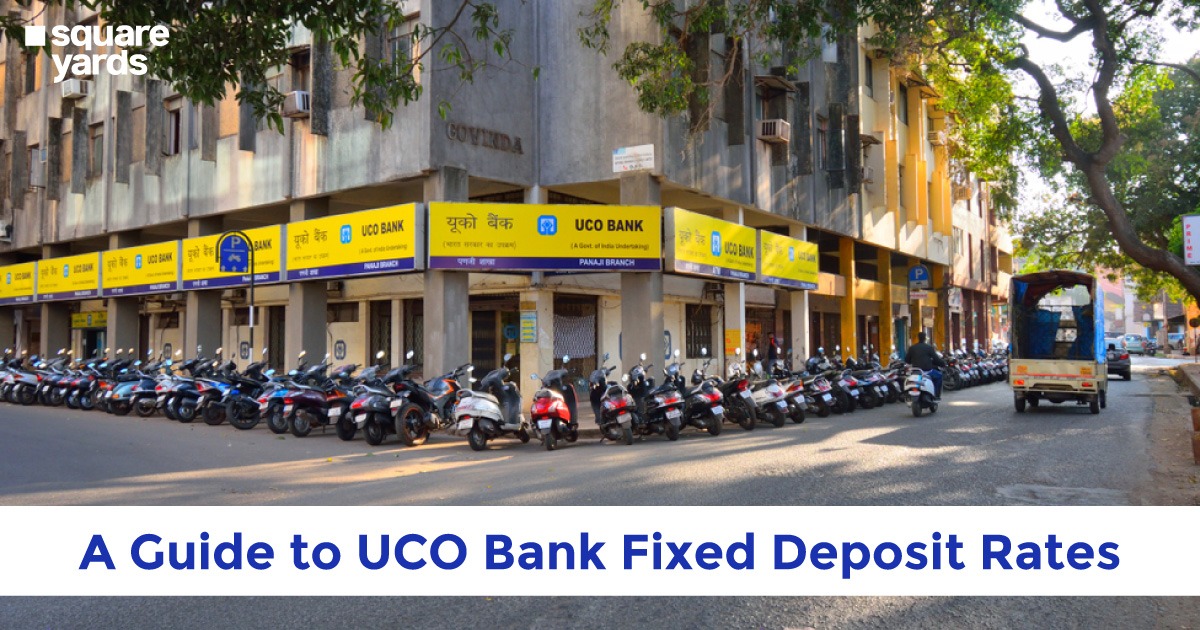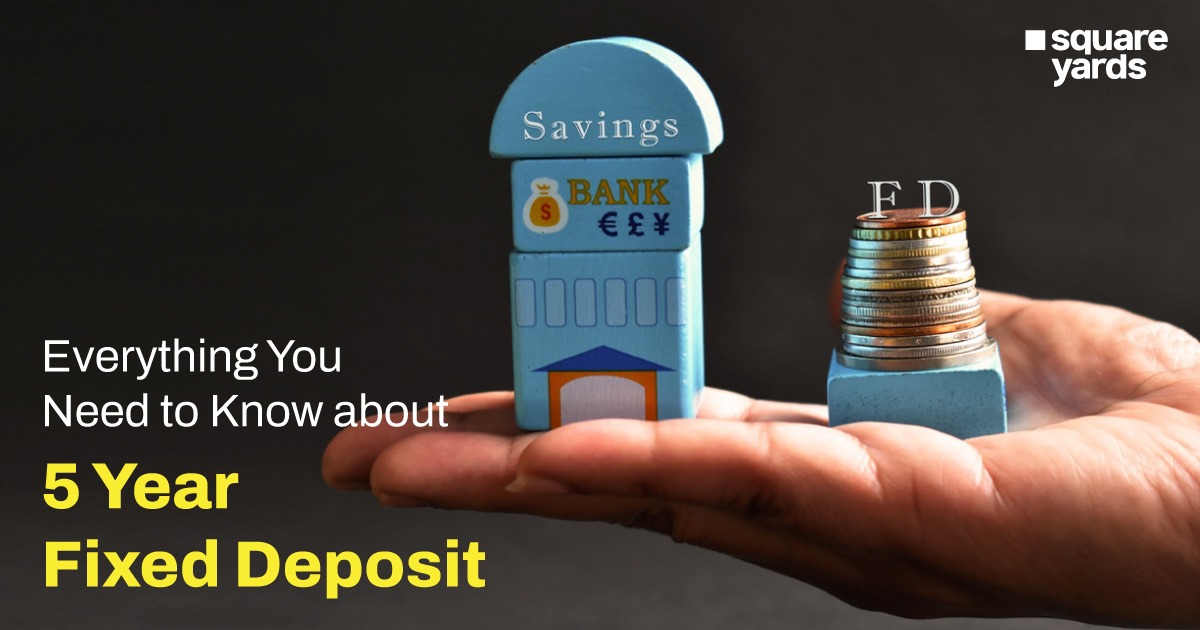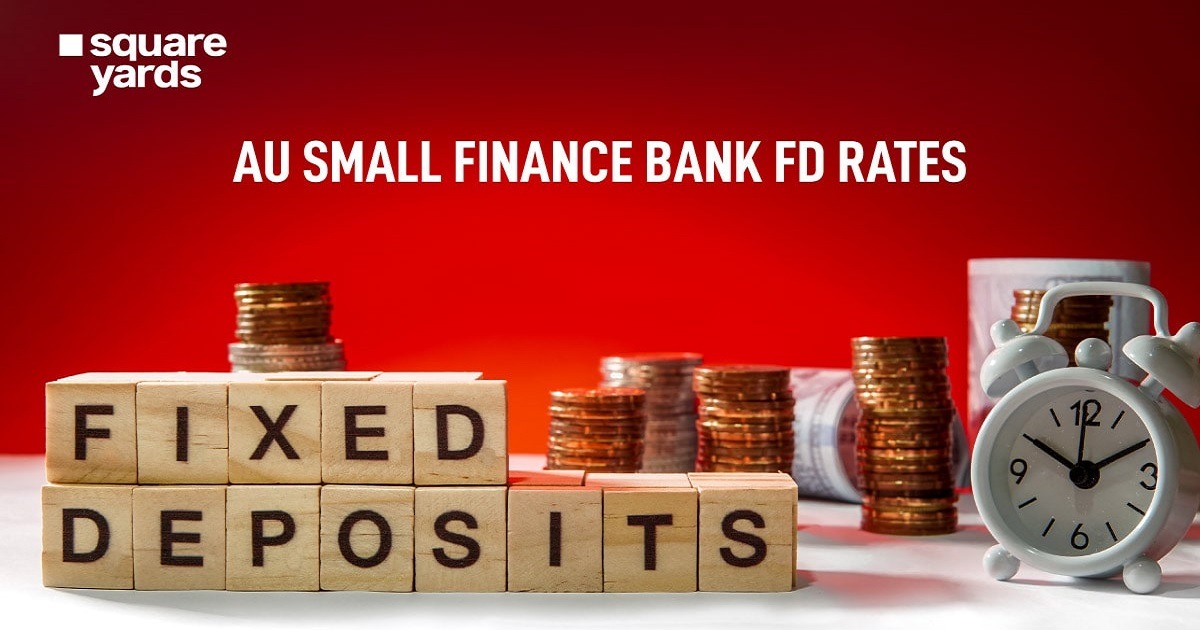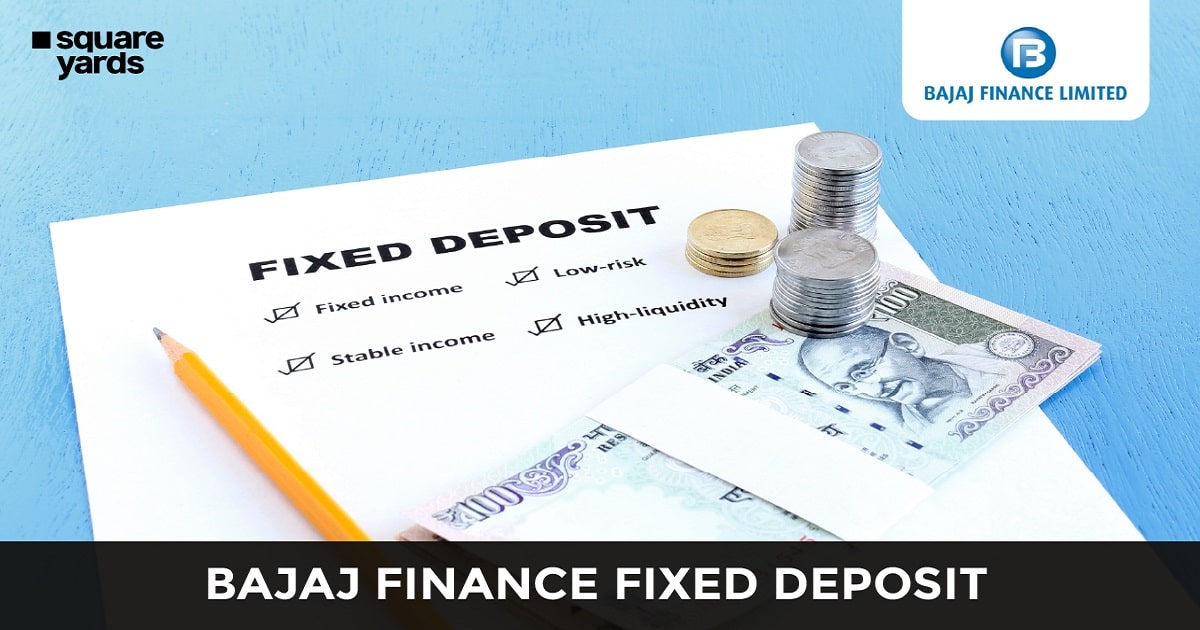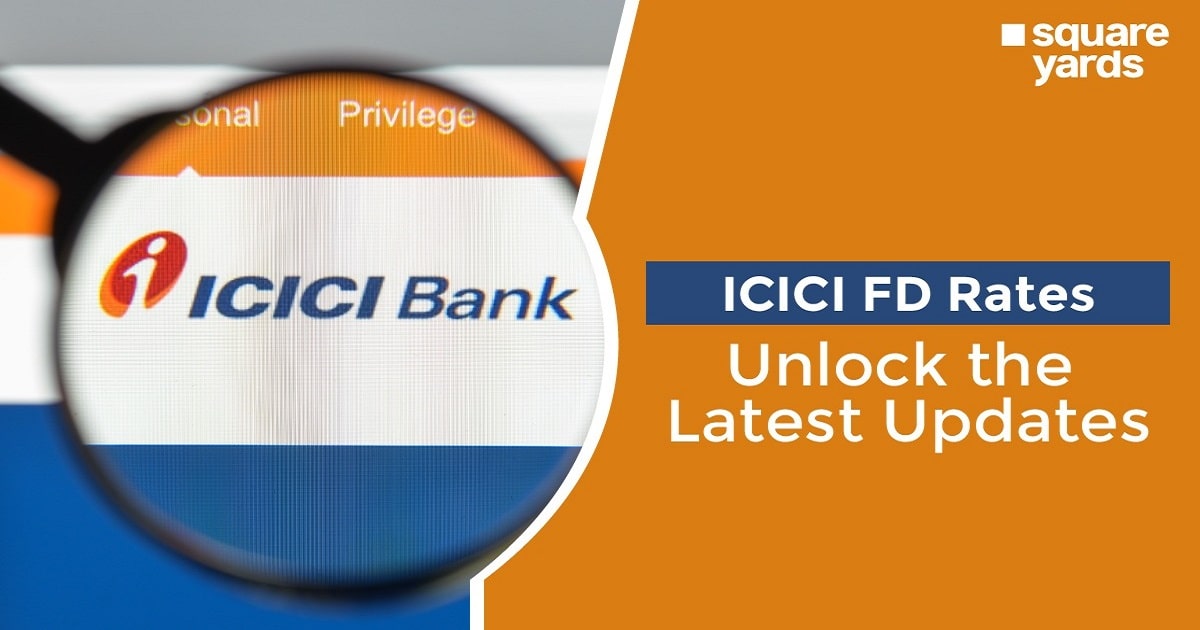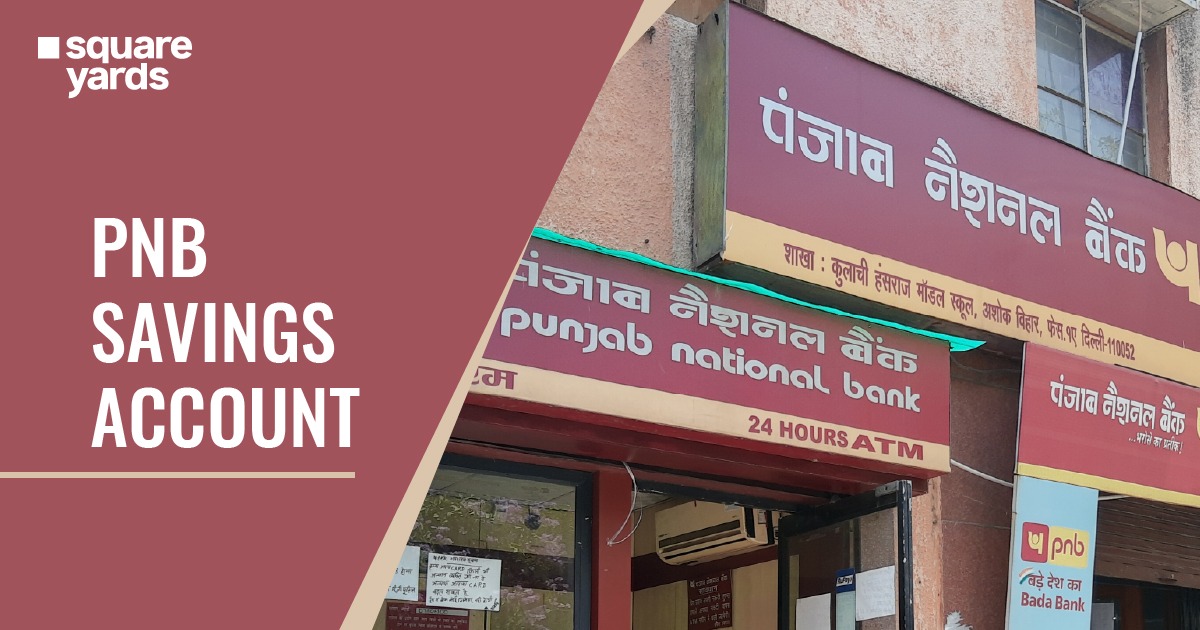Off-cycle rate changes or increases by the RBI are not new, but they still catch people off guard. The RBI has frequently abruptly raised or lowered the nation’s policy repo rate if the circumstances call for it. In an impromptu MPC meeting scheduled for November 3, something similar is once more anticipated. The most likely outcome of this additional MPC meeting is another rate increase. Since the RBI started its rate-hike trends this fiscal year, the impact has been felt with bank lending rates increasing and EMI getting more expensive. What will the November 3 rate hike by the RBI mean for future loan EMIs?
But to truly understand what all of this means, we’re going to delve into understanding Repo Rates and EMIs and what is the difference between the two!
Table of contents
Relationship Between Repo Rate and EMI
A bank’s floating home loan interest rates must be legally correlated to an external benchmark, which is the RBI Repo Rate for the majority of banks. Therefore, the borrower’s EMI or tenure are directly impacted whenever the RBI repo rate is changed.The borrower notices the influence on the interest rate on home loans within 3 months due to the immediate transmission of the repo rate. The RLLR, Repo rate-linked lending rate, which rises along with the repo rate, raises the borrower’s interest rate on a home loan. Banks, on the other hand, frequently lengthen loan terms rather than raising EMIs.
Here’s an illustration:
Assuming a loan balance of Rs. 35 lakh over a period of 10 years, an increase in the interest rate of 0.9 percentage points causes the interest burden to almost double to 8%.
The EMI was Rs 40,818 at 7.1 percent (on a Rs 35 lakh loan).
Over ten years, there would be a total interest payment of Rs. 13.98 lakh.
The EMI would be Rs 42,465 and the interest paid will be Rs 15.96 lakh after the rate increased by 90 basis points, or 0.9 percentage points, to 8% on a loan amount of Rs 35 lakh spread over 10 years.
How Does the Repo Rate Affect EMIs?
A low repo rate should ideally result in low-cost loans for the majority of borrowers. The RBI anticipates that banks will lower the interest rates they charge on loans when it lowers the repo rate. This indicates that the loans provided to customers have lower interest rates, lowering the EMI in the process.
Similar to this, when the repo rate rises, the cost of the customer’s loans increases significantly due to the rise in interest rates. This is due to the fact that commercial banks must increase their lending rates because they must pay more money to the central bank for their funds.
What is Repo Rate?
Indian commercial banks borrow the money from RBI, ie Reserve Bank of India when there is a cash crunch. Simply put, a repo rate is the interest rate that the RBI assesses commercial banks when they borrow money. Additionally, the monetary authorities use this rate to manage inflation.
The central bank may raise the repo rate if there is an increase in inflation. In doing so, commercial banks are deterred from borrowing money, which lowers the amount of money available in the economy and lowers the inflation rate.
The central bank now has the option to make the repo rate lower when inflation declines. Commercial banks are encouraged to borrow money as a result of this incentive. As a result, they will increase the amount of money available by giving these funds to their clients.
Don’t miss it
| Repo Rate | What is Current Repo Rate? |
| Reverse Repo Rate | What is Reverse Repo Rate? |
| Monetary Policy | What is Monetary Policy & Benefits |
| Bank Rate | What is Bank Rate? |
| Marginal Standing Facility | Marginal Standing Facility Rate in India |
What is EMI?
You must pay back a loan you receive from a bank in regular instalments. Equated Monthly Installment is the term for each payment (EMI). The principal and interest are the two parts of every EMI. Generally speaking, banks aim to collect the majority of interest during the first half of your tenure. Because of this, the initial portion of your EMI for a loan repayment has a significant interest component. This gradually changes as your loan term nears its conclusion, with a higher principal component of your EMI.
How Repo Rate Impacts EMI?
A low repo rate should ideally result in low-cost loans for the public at large. The RBI anticipates that banks will lower the interest rates they charge on loans when it lowers the repo rate. This indicates that the loans provided to customers have lower interest rates, lowering the EMI in the process.
Similar to this, when the repo rate rises, the cost of the customer’s loans increases significantly due to the rise in interest rates. This is due to the fact that commercial banks must increase their lending rates because they must pay more money to the central bank for their funds.
This scenario doesn’t always occur, though. It has been noticed that banks take some time to lower their lending rates whenever the Reserve Bank of India lowers its rates. However, banks quickly raise their lending rates in response to an increase in the repo rate.
Because of this, the RBI implemented the MCLR regime, i.e., the marginal cost of funds based lending rate, in an effort to alter how commercial banks operate. A minimum of five tenures of new interest rates must be published by banks each month. Additionally, there are stricter limitations on the spread they can use as their base rate. Banks are permitted to have a 25 basis point margin above the MCLR. The repo rate and the EMI may be more closely related under the new MCLR regime than they were previously.
FAQ’s about Repo Rate Vs EMI
Q1. How much EMI will increase after repo rate?
While the increase for EBR loans that are repo rate-linked will be 50 bps, it will be less for those that are connected to MCLR, base rate, or BPLR.
Q2. How do changes in the repo rate affect the EMIs of borrowers?
A low repo rate should ideally result in low-cost loans for the majority of borrowers. The RBI anticipates that banks will lower the interest rates they charge on loans when it lowers the repo rate. This indicates that the loans provided to customers have lower interest rates, lowering the EMI in the process.
Q3. Will increase in repo rate affect my home loan?
Yes, increases in repo rates will directly affect home loans as well!






